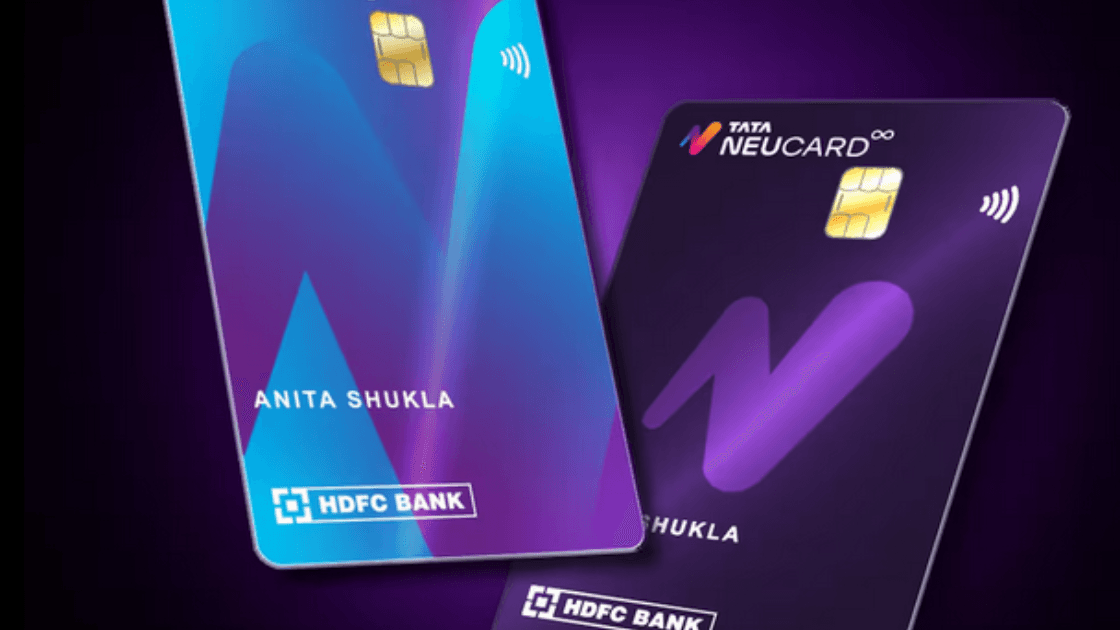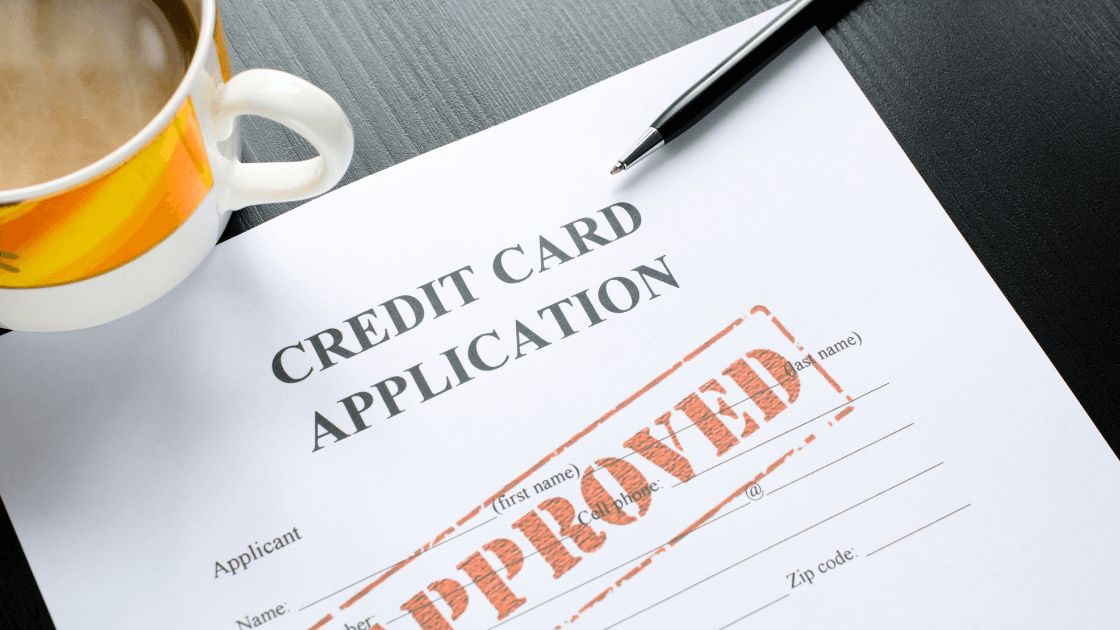
Cards
•03 min read

Online transactions have become a part of our daily lives. Yet, with increased digital payments, security becomes a major priority. Understanding the cvv meaning credit card process is essential to safeguard your online transactions. At Tata NeuMoney, we believe understanding your card’s security features empowers you to shop confidently online. One simple, yet powerful security feature is the CVV code found on your credit and debit cards. In this post, you will learn what a CVV code is, how it works to secure your transactions, and practical tips to keep your CVV code safe.
Generally, CVV stands for Card Verification Value. It is a three or four-digit number printed on your credit card or debit card. The CVV code is designed to verify that you are in physical possession of the card during transactions. Sometimes, you might hear the term CVC, which stands for Card Verification Code. Although the terms vary, the purpose remains the same: an extra layer of security to help prevent fraud.
The location of the CVV code can vary by card type. On most Visa cards, for example, the code is a three-digit number found on the back of the card near the signature strip. Many other cards, including American Express, have their CVV printed on the front. This small number plays a big role, not only on credit cards but also on your debit cards.
CVV codes are generated using a secure algorithm based on current industry security standards that incorporates details such as the card number, expiration date, and a service code. This process ensures that each CVV code is unique. The generation method helps safeguard your transactions as it is difficult for fraudsters to predict or replicate the code.

When you shop online, you rarely need to present your physical card. Instead, you provide the card details, including the CVV code, to confirm that you are in possession of the card during the transaction. This additional verification step helps to establish trust during online payments and minimizes the risk associated with card-not-present transactions.
While the CVV code is used mainly to secure online transactions, a PIN (Personal Identification Number) is used primarily for in-person transactions at ATMs or point-of-sale systems. Both serve important but distinct security purposes; one verifies the card details for e-commerce, and the other authenticates your identity when you physically use your card. For instance, while the CVV secures your online payments, your PIN is used at ATMs for cash withdrawals.
Fraudsters may try various tactics such as phishing or card skimming to capture card details. However, without the CVV code, the stolen information is less likely to be misused in online transactions. Suppose a fraudster obtains your card number; they still need the CVV to process online payments, which adds a critical barrier against misuse.
-ed507771-df04-4fb3-9af5-bae11cb611a6.png&w=3840&q=75)
To keep your CVV code secure, never share it with anyone, even those you trust completely. Always verify that you are on a secure website with HTTPS before entering your CVV code. Additionally, avoid saving your CVV code on unsecured digital wallets or apps unless they offer robust encryption.
Enhance your digital security by enabling two-factor authentication (2FA) for online transactions. Virtual credit cards can also provide an added layer of protection. Regularly monitoring your credit card statements is another simple practice that can alert you quickly to any unauthorized transactions.
If you suspect that your CVV code has been exposed, act promptly. Contact your card issuer immediately to freeze your card and request a replacement. Moreover, banks offer fraud detection services that can help monitor and mitigate any potential risks after a breach.
CVV codes are a crucial aspect of digital payment security. They help confirm that you are using your physical card, whether for credit or debit transactions. By understanding and safeguarding your CVV code, you add an important layer of security to your online financial activities. Simple best practices like not sharing your CVV and using two-factor authentication can significantly reduce the risk of fraud. As digital payment methods evolve, maintaining the security of your personal and financial information remains vital.